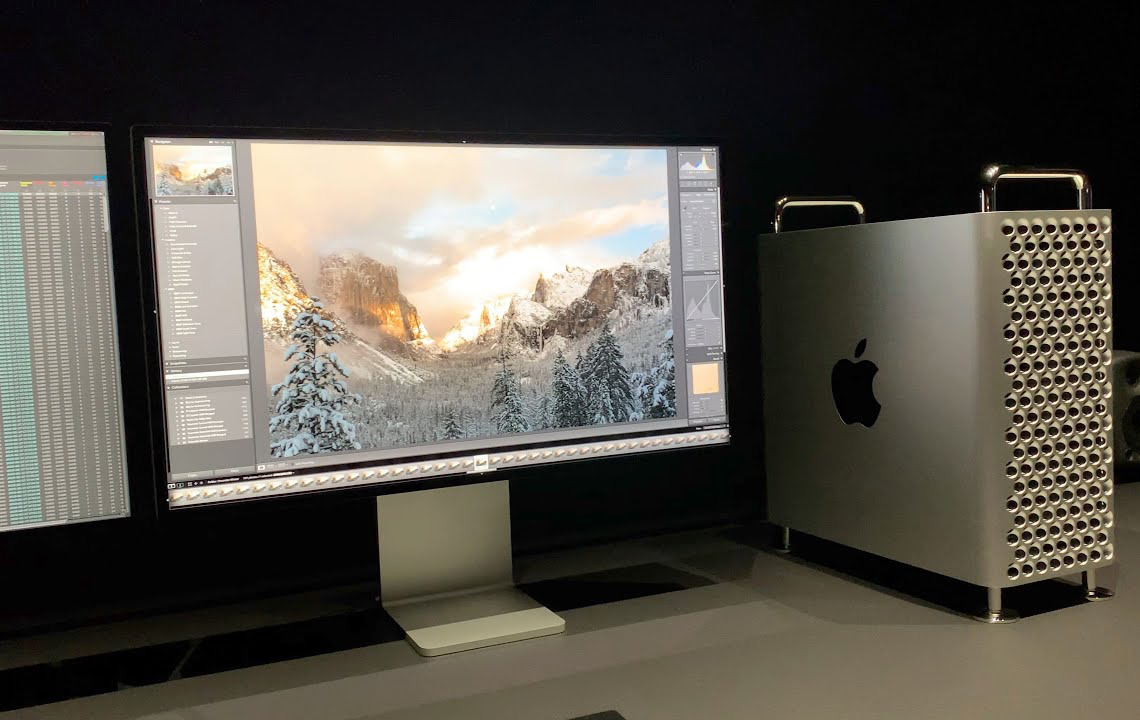
There are no dramatic increases in speed, just an incredibly smooth curve that the Pro’s fan moves up and down.
#MACBOOK PRO GPU 3013 MAC#
The way the Mac Pro’s fan ramps is actually just as important as its ability to remove heat. It also slowly dropped fan speed from 1900 RPM down to 1500 RPM before smoothly alternating between 1200 RPM and 1450 RPM. I quit FurMark and kept the FCP render going, which brought system power down from ~380W to ~326W. It’s only under prolonged use of the CPU + both GPUs that the fan has to spin up this high. Even if you’re running for short bursts with everything cranking away on a problem. System noise isn’t an issue the vast majority of the time.
#MACBOOK PRO GPU 3013 PRO#
I crudely measured noise sitting at my desk, approximately 18” away from the Mac Pro at all of these points: Mac Pro (Late 2013) Fan Noise vs.
#MACBOOK PRO GPU 3013 FULL#
After around 25% of the rendering task was complete the Mac Pro’s fan smoothly scaled up to 1400 RPM, then 1600 RPM and finally stopping at what I believe is full speed: 1900 RPM. FurMark obviously kept the display GPU busy. The basic render used up 4 - 8 threads, while the effects ensured the compute GPU had some work to do.

I was rendering a 20 minute 4K project with two effects applied across the entire timeline. I ran FurMark under OS X in parallel with a relatively heavy 4K render in Final Cut Pro. It's not until you run a prolonged workload that you can hear an increase in noise from the Mac Pro. The Pegasus sits four feet away from my Mac Pro and at idle the hum of its drives drowns out the idle fan noise of the Mac.Įven running heavily threaded CPU benchmarks does nothing to impact fan speed. I have a Promise Pegasus R6 Thunderbolt chassis with four 3.5” 7200 RPM hard drives inside.

At this speed the Mac Pro is virtually silent. The vast majority of the time the Mac Pro’s single fan spins at a paltry 769 RPM. From the moment the system was introduced however I was curious to see if its thermal design could deal with all three processors going full tilt. By having all three players share one large heatsink Apple can optimize for the most likely usage scenarios where at most one processor is running at close to max TDP. The Mac Pro’s thermal core makes a lot of sense from an area efficiency standpoint as the chances that you have all three processors in the system (Xeon CPU + dual AMD FirePro GPUs) running at max speed at the same time is highly unlikely.


 0 kommentar(er)
0 kommentar(er)
